|

新サイト建設中(アメリカ突撃体験レポ本を含めた出版の資金源を模索中)
アメリカでの便利屋(旧サイト)はhttp://benriyausa.comへ
メークオーバーして移転。
 

|
Chapter Thirteen: Fashion Industry and Gay Power
 ゲイ文化と市民権/Gay
Culture and Gay Civil Rights: ゲイ文化と市民権/Gay
Culture and Gay Civil Rights:
Supermodels
|

   
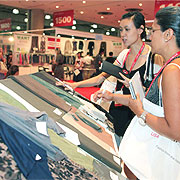  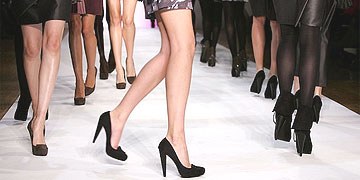
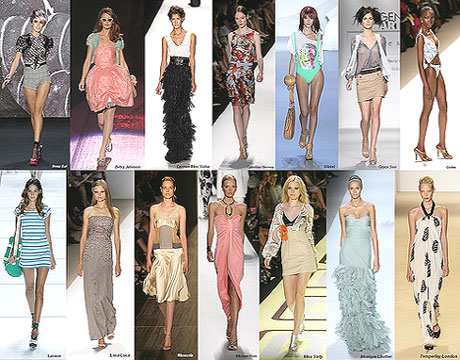 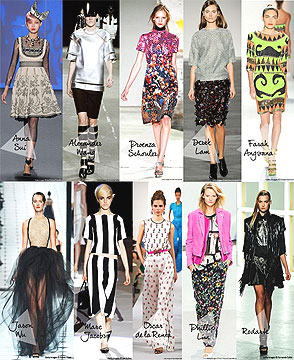

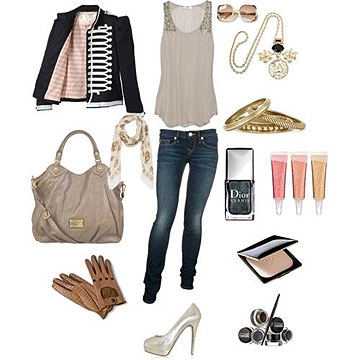 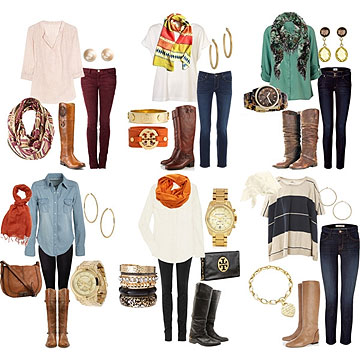
  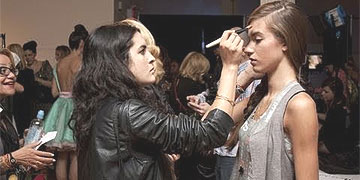
 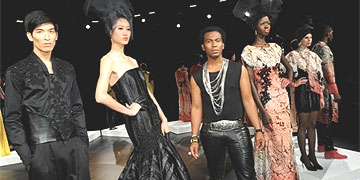  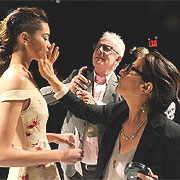
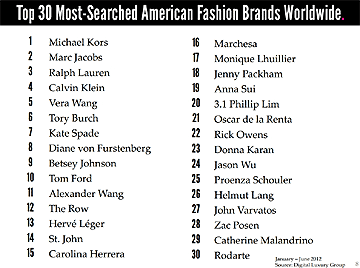 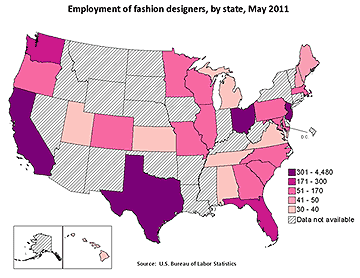
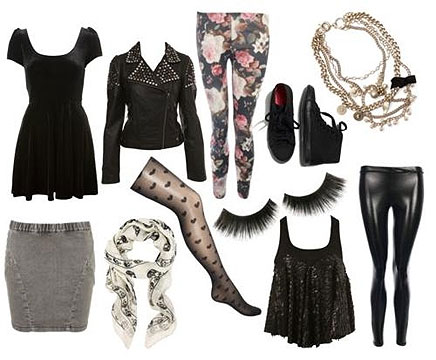 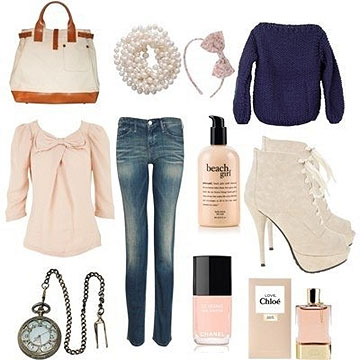
Fashion Accessories Overview
Fashion accessories are items used to complement the whole outfit. They
include colorful range of bags and purses, ties, belts, shawls, scarves,
handkerchiefs, suspenders, caps, hats, footwear, fashion eyewear and
watches.
Industry Overview
The fashion accessories industry is on the verge of complete
metamorphosis. The global clothing accessories industry generated total
revenue of approximately US $74.9 of the overall industry value. The
accessories industry growth in 2006 initiated fierce competition in the
sector.
Bags and Purses : The bags and purses industry is an important segment of
the fashion accessories industry. Bags are made up of many fabrics like
cotton, denim, polyester, nylon etc but most of the bags and purses are
made up of leather. Globally, the top eight countries manufacturing and
exporting bags and purses includes China, India, Vietnam, Pakistan,
Philippines, Germany, Hong Kong and Indonesia. The table below shows the
total sales for all principal products of the sector.
Category 2005 2006
Briefcases/ executive cases 5,782 5,487
Handbags 12,707 26,190
Travelling bags 9,867 10,737
Others 4,773 1,612
Footwear : Footwear is an article used to cover the feet and is used for
protection, hygiene and for style. Fashion footwear can be sub-divided as
boots, clogs, sandals, etc. Footwear is available in a number of designs
and materials like leather, plastic, wood etc. The global footwear sector
has undergone major transition during the 1990s, resulting in the transfer
of global footwear production from traditional producing countries to
China, Brazil, Indonesia and to Central & Eastern Europe. The major
manufacturing hubs of footwear are USA, Hong Kong and Germany. The table
below shows the export statistics of footwear in 2006.
Country Exports in Billion $
China 19,052,503
Italy 8,859,980
Hong Kong 6,144,490
Belgium 2,522,321
Germany 2,421,873
Spain 2,189,177
Brazil 1,979,367
Exports of Footwear in 2006
Watches : The global watch market, currently valued at US $ 26.5 billion
dollars, saw the Swiss majors and China exhibit significant growth of 9%
and 7% respectively, but in sharp contrast, the Japanese players
experienced a period of stagnation. The largest manufacturers of watches
are China, Hong Kong, Thailand, Australia, USA, India, Greece and Peru.
Industry Challenges
The global fashion accessories industry is on the threshold of a
large-scale transformation. Several factors responsible for ths are:
Steep increases in raw material prices,
Over capacity and competition,
Changes in consumer buying power in key markets,
Emergence of new markets,
Increasing consumer consciousness and
More vigilant governments and regulators
Sustenance and growth will require an insight into macroeconomic /
industry dynamics, vision and foresight, intense action bias and a
readiness to change. Combine these imperatives with the fact that the
industry is more globally integrated than ever before, and we face the
urgent need for strategic rethinking at the level of the global fashion
accessories industry.
Future Prospects
There is a lot of competition from the Asia pacific countries because of
which, US based companies are competing on quality rather than price and
are also diversifying their products. Use of latest machines has increased
production. New marketing strategies and advertising techniques are
employed to attract customers. The future outlook of the accessories
industry is very bright, as people are becoming more fashion savvy
resulting in an increase in demand for these products. The standard of
living and the purchasing power of the people is increasing, more and more
people especially of the younger age group are spending more on these
articles to adorn their wardrobe.
Fashion Jewelry
Fashion jewelry is nothing but a replica of jewelry crafted out of
materials like ivory, lac, leather and semi precious stones and can be
further classified on the basis of material and type of end products like
necklace or rings. Fashion jewelry by material includes jewelry made of
materials like aluminium jewelry, brass jewelry, lac jewelry, leather
jewelry, ivory jewelry, silver plated jewelry, beaded jewelry, stone
jewelry, teracotta jewelry, etc. Fashion jewelry is also known by the
names like costume jewelry, designer jewelry, imitation jewelry etc.
Fashion Jewelry Industry
The Jewelry industry can truly be termed as a global industry, because raw
materials are derived from Australia, Africa, Russia and Canada,
manufacturing takes place in China, India, Italy and Turkey whereas the
largest retail markets of jewelry are USA, Europe, Far East, Middle East
and Asia. The three most important activities related to this industry are
mining, polishing and retailing. This industry has underwent many changes
since the beginning of this millenium and this is due to a lot of factors
affecting the industry like a steep rise in raw material prices, changing
consumer patterns and imposition of a lot regulations by the government.
The various products produced by this industry can be categorised as
bracelets, brooch, earrings, necklaces, chokers, bangles, finger rings,
toe rings, anklets, pendants etc. The material used in manufacturing these
jewelry pieces include semi-precious stones, beads, ivory, lac, leather,
terracotta, plastic and pearl. Metals like Silver, aluminum, brass, etc
are generally used in its manufacturing. New variations of jewelry have
also come up in the form of costume jewelry, designer jewelry, imitation
jewelry, etc. which are more stylish and trendy than the original gemstone
jewelry.
Global Trade Volume and Trends
The size of the global fashion jewelry industry was approximately 146
billion US dollars by the end of the year 2006. Since 2000 this industry
has been growing at an average compounded annual growth rate (CAGR) of
5.2%. These figures show that the jewelry industry is growing at a very
rapid pace and is set to become one of the most important industries in
the world. This growth trend can be shown with the help of a graph below:
Figure 1: Global fashion jewellery sales (2001-2006), USD billion
Among all types of jewelry the designer jewelry is the largest segment of
the industry with an approximate growth rate of US$ 69 billion and a CAGR
(Compounded Annual Growth Rate) of 5% over the last 6 years. It is
followed by the plain costume jewelry segment, which had the total retail
sale of 60.7 billion US $. The gold jewelry segment has shown the fastest
growth rate of 5.5% mainly due to a steep rise in the prices of gold.
Major Consumers and Market Share
The sale of fashion jewelry is mainly concentrated in eight of the world’s
largest markets, which together constitute three fourths of the total
sales of jewelry. USA is the largest market for fashion jewelry and had a
share of 31% of the total global fashion jewelry sales in the 2006.
Figure 2: Geographic share of the global fashion jewelry consumption
The other important markets are China, India, Japan, Middle East, Italy,
United Kingdom and Turkey. India and China have shown a great rise in
sales during the past five years.
Figure 3: Market Trends in 2006
Industry Challanges
Many social and economic forces are leading to a transformation in the
fashion jewelry industry. Some of the factors hindering the growth of the
fashion jewelry industry in the world are:
Due to a shortage in the supply of raw materials, there is a steep hike in
the prices which has led to a great competition among the countries where
polishing takes place. This has led to a shortage in the supply of
polished semi-precious stone and thereby creating a shortage for
manufacturers of finished jewelry and thus the whole supply chain is
affected.
Changing fashion trends and increased consciousness of the consumers has
resulted in competition among the major manufacturing nations, and also
shifting of the industry to low labor cost countries.
Retailing sector has also been affected due to competition from other
luxury goods, declining investment in the sector (largely in the developed
economies) and increasing consumer sophistication.
Future Prospects
The future scenarios for the global fashion jewelry industry, based on the
recent trends, are that the mining countries will capture a huge share of
the polishing sector as well. Substitutes of precious stones such as
synthetic diamonds and non-precious metals will replace the precious
stones. The plain gold jewelry sales will keep on declining and China and
India will emerge as large retail markets.
Based on the above trends the projections for growth of jewelry industry
are as follows:
The growth in sales of the industry as a whole will slow down and the
world will notice the emergence of new markets. The global fashion jewelry
sales will grow at the rate of 4.6% annually and is estimated to reach US
$ 185 billion by 2010 and US $ 230 billion in 2015. China and India
together will emerge as equivalent to the US market in 2015.
Jewelry fabrication services will also show sluggish demand and will move
to new centers. The CAGR of global fashion jewelry fabrication is
estimated to be 5.1% by 2015. China and India will be the new centers for
jewelry fabrication.
Figure 4: Projected global fashion jewelry sales (2010,2015), USD billion
Lowering margins in profit and debt levels in the industry will help to
build up the fashion jewelry industry.
By the year 2015, the fashion jewelry industry will witness the emergence
of a number of giant markets, which will be the industry leaders of the
future.
The future of fashion jewelry industry lies in the developing countries
and primarily China and India. The African countries producing raw
materials will also benefit from the expansion of these markets. Thus on
the whole the future for the industry is bright but still certain steps
need to be taken by the key players to increase supply of raw materials
and reform the supply chain. |
|
http://www.fashionproducts.com/fashion-accessories-overview.html |
 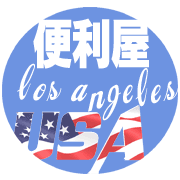 
|